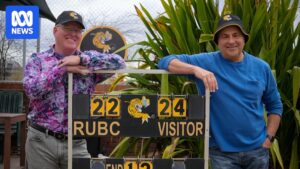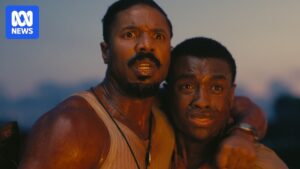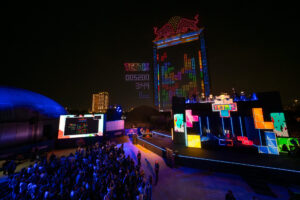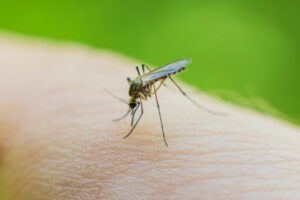If you grew up in Australia between the 1960s and the late 1990s, you likely remember a whimsical character from the Moon with a pencil for a nose. His name was Mr Squiggle, and each week he floated down to Earth in his rocket to transform random scribbles into magical drawings. Mr Squiggle became a cherished ritual for Australian children, embodying creativity, patience, and whimsy to become one of television’s most unlikely treasures. Now, over six decades since his debut, Mr Squiggle is back in the spotlight.
The National Museum of Australia is hosting “Mr Squiggle and Friends: The Creative World of Norman Hetherington,” a heartwarming exhibition that pays tribute to one of Australia’s most beloved children’s television icons. This exhibition, featuring 300 items, is rooted in the museum’s 2024 acquisition of 800 items from Mr Squiggle’s creator, Norman Hetherington, donated by his daughter, Rebecca.
The Creative Legacy of Norman Hetherington
Born in New South Wales in 1921, Norman Hetherington’s journey to becoming a puppetry legend began after high school when he entered art school. During World War II, he worked with the Australian Army Entertainment Unit, creating puppets and sketches to entertain troops. This experience solidified his interest in puppetry as a medium for humor, imagination, and visual storytelling.
After the war, Hetherington performed puppet shows in Sydney, refining his craft and eventually blending it with his drawing ability. Mr Squiggle evolved from short, improvised drawing sessions into a structured children’s program, airing on ABC from 1959. Initially focused on transforming children’s squiggles into pictures, the show introduced supporting characters like Blackboard and Gus the Snail in the 1970s, adding recurring routines. The 1980s brought longer episodes, while the 1990s cemented the familiar sequence of rocket arrival, squiggle drawings, comic banter, and return to the moon.
A Nostalgic Exhibition
The newly acquired items at the museum include puppets, artworks, scripts, costumes, props, sets, and audiovisual material. Mr Squiggle operated on a simple yet enchanting premise: children mailed in their scribbles, and on air, the puppet—controlled and voiced by Hetherington—used his pencil nose to transform them into recognizable drawings.
The exhibition taps directly into the nostalgia of Mr Squiggle. Curators have approached the collection with care, conserving and retouching items and using custom supports and lighting to preserve fragile puppets. Visitors can view old episodes, try puppeteering, and participate in a digital “squiggle” drawing activity that brings scribbles to life. These elements capture the ethos of the original program: creativity, play, and transformation.
“The homemade, low-tech, and imaginative puppets, sets, and squiggles are a joyful reminder you don’t need big budgets or brash American styles to capture children’s imaginations.”
Reflecting a Changing Australia
Mr Squiggle was a reflection of Australia during a time of rapid change in the 1960s. As suburbs grew and television became a household staple, Australians began shaping their own cultural identity, moving away from sentimental ties to Britain. Mr Squiggle fit this moment perfectly, featuring Australian accents, ideas, and images.
The show celebrated imagination, patience, and participation. Children weren’t passive viewers; by sending in their drawings, they became part of the show. The slow pace taught patience, the participatory format valued children’s creativity, and the absurd humor encouraged a different perspective on the world—sometimes literally upside down.
A Lasting Legacy
More than 60 years since its debut, and over 25 years since the last episode aired in 1999, Mr Squiggle continues to encourage viewers to see the world differently. For older Australians, he is a reminder of mid-afternoons in front of the television, likely aimed at children returning from school. For younger generations unfamiliar with the show, the exhibition offers an introduction to a different kind of hero: not one who saves the world with superpowers, but one who teaches us to draw, imagine, and delight in the ordinary.
“Mr Squiggle and Friends: The Creative World of Norman Hetherington” is a cultural celebration. It honors Hetherington’s artistry, reconnects Australians with a cherished childhood figure, and shows how a man from the Moon with a pencil nose became part of the nation’s cultural memory. Mr Squiggle lives on because he occupies a special place in Australia’s cultural memory: a marker of creativity, community, and childhood wonder. The National Museum’s exhibition is a celebration of how a lunar puppet with a pencil nose drew his way into Australia’s national story.
“Mr Squiggle and Friends” is at the National Museum of Australia, Canberra, until October 13.







